I am absolutely new to flex PCBs. I saw some from time to time but never designed one myself.
Now I'd like to get into this topic and the first task would be to create a ~ 10cm board to board interconnect flex PCB with 90 ohm (USB) and 100 ohm (LVDS) controlled impedance traces on it.
I used the KiCAD PCB calculator, asked the PCB manufacturer about the tangent loss (0.01) and dielectric constant (3.3) to calculate trace width and spacing, as I am used to from designing standard PCBs with FR4 material.
I realized pretty quickly that the trace widths and spacing I'd need to achieve e.g. 45 ohm differential would be way out of spec.
I assume that my assumptions are completely wrong. How do you guys do that? Just ignore the impedance of the flex PCB?
